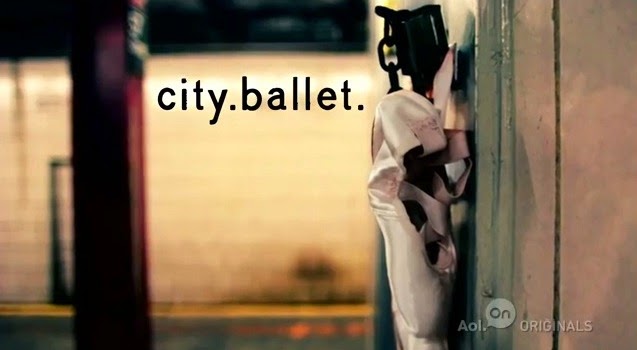Friday, June 28, 2001, Venice to Rome:
On the last morning
in Venice we took the elevator to the top of the campanile.
 |
Campanile on Piazza San Marco with the Basilica on the left. The tower rises 323 feet.
It was originally built in 1514, but collapsed in 1902 and was rebuilt in 1912.
Photo by Blomme-McClure |
The views of the city are splendid and just
as we reached the viewing platform the sun began to break through the
clouds. The domes and spires of San
Marco below bathed in early morning sunlight,
 |
Domes of the Basilica of San Marco from the top of the Campanile.
Photo by Blomme-McClure |
La Salute rising across the Grand
Canal,
 |
Punta della Dogana (left) and Basilica of Santa Maria della Salute (right) at junction of the Grand Canal (foreground) and the Guidecca Canal with the Church of Santissima Rendatore in the left background.
Photo by Blomme-McClure |
and San Giorgio Maggiore
 |
| San Giorgio Maggiore by Palladio was begun in 1566. The facade was under restoration in 2001 when we were in Venice. Photo by Blomme-McClure |
perched on its own island in the lagoon
 |
The island of San Giorgio Maggiore in the Venetian Lagoon with a corner of the Ducal Palace (left)
and the Piazzetta with the twin columns topped by the Venetian Lion and
St. Theodore Slaying the Dragon.
Photo by Blomme-McClure |
were
all splendid sights and reminders of the delightful days we spent in Venice.
 |
Palazzo Ducal from the top of the campanile showing the rhythmic facade on the exterior
and the more haphazard facade in the interior courtyard.
Photo by Blomme-McClure
|
 |
Piazza San Marco from the top of the campanile.
Photo by Blomme-McClure
|
 |
The evangelist St. Mark preaching from the highest ogee arch of the facade of the Basilica of San Marco,
with angels climbing up the arch toward him amid the spires. Most of the sculpture on the facade dates from 1414 to 1419 and is by Paolo di Jacobo delle Masegne and Nicolai di Pietro Lamberti, although some that fell in an earthquake in 1511 were later replaced by Giorgio Albanese in 1618.
Photo by Blomme-McClure |
 |
The campanile rises above the facade of a building along the Piazetta.
Photo by Blomme-McClure
|
 |
| Santa Maria della Salute across the Grand Canal. Photo by Blomme-McClure |
At noon we took a
water taxi to the airport,
 |
A favorite gondolier who worked from the basin near our hotel. Photo by Blomme-McClure
|
 |
| Traffic jam on the way to the airport. Photo by Blomme-McClure |
crossing the lagoon along San Michelle
 |
| The cemetery island of San Michelle in the lagoon between the city and the airport. Photo by Blomme-McClure |
and arriving
at a dock right next to the airport terminal.
The flight to Rome was uneventful, but then the fun began.
We took a taxi from the airport to the Jolly Hotel (where we had stayed at the start of our trip) -- but in the confusion of getting out of the taxi one bag was left in the trunk (warning to travelers #1 -- always count your luggage during transfers). It happened to be the bag that had all of our prescription drugs in it (warning to travelers #2 -- always carry your prescription drugs in you backpack). Frantic calls to our doctor in New York were followed by a trip to the Farmacia Internazionale (Piazza Barberini 49, Rome) where the pharmacist spoke little English and was reluctant to give us many of the prescriptions (warning to travelers #3 -- always carry copies of your prescriptions and a list of prescriptions with generic names as well as brand names). Fortunately for us, a proctologist from Baltimore who spoke Italian was in the store and was able to intercede on our behalf.
When we got back to the hotel, there was a phone call from the taxi driver saying that he had found the bag in his trunk and that he would drive back into the city to return it -- if we would pay him for the round trip fare. We agreed and eventually he arrived with the bag all ripped open with the contents rifled through. We gladly paid him an excessive 'ransom' to get the prescriptions back, but then found ourselves the laughing stock of the hotel staff for paying off 'Al Capone, the bandito'.
Exhausted from the
journey and subsequent events, we stumbled across the street for pizza at Il
Pomodorino (Via Campania 45e, Rome, 06/42.011.356) where we requested a table
served by our friend, Emmanuela.






















































